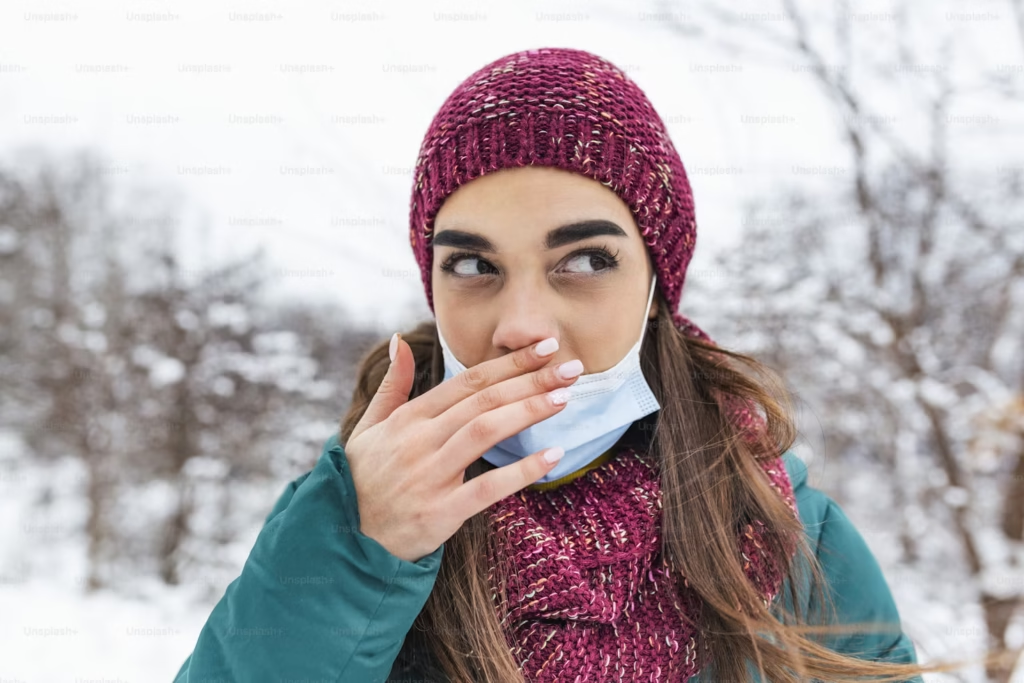Introduction
As the temperatures drop and the air becomes colder and drier, many people experience tightness, flakiness, and irritation in their skin. Winter weather can be harsh, stripping away the skin’s natural moisture barrier and leading to dryness and discomfort. However, with the right approach, you can protect your skin and keep it soft, hydrated, and glowing all season long.
In this article, we’ll share practical and dermatologist-approved winter skincare tips to beat the dryness and maintain healthy skin during the cold months.
1. Switch to a Hydrating Cleanser
Cleansers that work well in summer may be too harsh for winter. During the colder months, opt for gentle, hydrating cleansers that clean without stripping your skin’s natural oils.
Look for:
- Cream-based or gel-based cleansers
- Ingredients like glycerin, hyaluronic acid, and ceramides
- Sulfate-free and fragrance-free formulas
Avoid foaming or exfoliating cleansers that can worsen dryness.
2. Use a Thicker Moisturizer
Winter skincare is all about locking in moisture. Switch your lightweight summer lotion for a richer, thicker cream or balm that provides long-lasting hydration and protects against cold, dry air.
Ingredients to look for:
- Shea butter
- Squalane
- Ceramides
- Hyaluronic acid
Apply moisturizer within 60 seconds after cleansing to trap moisture.
3. Don’t Overdo Hot Showers
Although a hot shower feels great on a chilly day, it can strip your skin of its natural oils, leaving it dry and flaky. Try to use lukewarm water and keep your showers short—around 5 to 10 minutes.
Pro Tip:
- Pat your skin dry gently with a towel
- Immediately apply body lotion to damp skin
Use body oils or rich creams after showers for added moisture.
4. Hydrate from the Inside Out
Your skin reflects your internal hydration levels. Drinking enough water is just as important in winter as it is in summer. Additionally, consider incorporating hydrating foods into your diet.
Include:
- Water-rich fruits and vegetables (like cucumbers and oranges)
- Omega-3 fatty acids (from salmon, walnuts, flaxseeds)
- Herbal teas to stay warm and hydrated
Aim for 8+ glasses of water daily.
5. Don’t Skip Sunscreen
Just because it’s winter doesn’t mean you’re safe from UV damage. The sun’s rays can still penetrate through clouds, and snow reflects sunlight, doubling UV exposure.
Use:
- Broad-spectrum SPF 30 or higher
- Lightweight formulas for daytime
- Reapply every 2–3 hours when outdoors
Look for sunscreens with added moisturizers for extra hydration.
6. Add Overnight Treatments
Nighttime is the perfect opportunity to deeply nourish your skin. Use overnight masks or sleeping packs to help restore moisture and repair damage while you sleep.
Great ingredients:
- Hyaluronic acid
- Niacinamide
- Peptides
- Vitamin E
Apply as the final step of your PM routine and rinse off in the morning.
7. Use a Humidifier
Indoor heating systems dry out the air in your home, which can rob your skin of moisture. Running a humidifier in your bedroom can help maintain skin hydration overnight.
Benefits:
- Prevents skin tightness and flakiness
- Supports your skin barrier
- Helps with sinus dryness too
Clean your humidifier regularly to avoid mold and bacteria buildup.
8. Avoid Harsh Ingredients
During winter, your skin becomes more sensitive, so avoid using products with drying alcohol, strong acids, or artificial fragrances.
Be gentle with:
- Exfoliants like AHAs and BHAs (limit to once a week)
- Retinoids (reduce frequency or use buffering method)
- Soaps or toners with alcohol
Choose products labeled as “for sensitive skin” or “hydrating.”
9. Don’t Forget Your Lips & Hands
Your lips and hands often take the brunt of winter weather. They’re prone to cracking, peeling, and redness, so treat them with care.
Lip Care:
- Use lip balms with shea butter, beeswax, or lanolin
- Avoid flavored lip balms which can irritate
- Apply frequently throughout the day
Hand Care:
- Use hand creams after washing
- Wear gloves when going outside
- Apply petroleum jelly at night for deep repair
10. Stick to a Consistent Routine
Skincare in winter is about consistency and protection. Even the best products won’t work if you only apply them occasionally. Stick to a morning and evening routine and be gentle with your skin.
Basic Winter Routine:
AM: Cleanser → Serum → Moisturizer → SPF
PM: Cleanser → Hydrating Toner → Moisturizer → Overnight Mask or Face Oil
Adjust your routine based on how your skin feels day to day.
FAQs About Winter Skincare
Q1: Why does skin get so dry in the winter?
Cold air holds less moisture, and indoor heating further dries it out. This leads to a weakened skin barrier and loss of hydration.
Q2: Should I exfoliate in winter?
Yes, but gently. Use mild exfoliants once a week to remove dead skin so your products absorb better—don’t overdo it.
Q3: Can I use face oils in winter?
Absolutely. Face oils like rosehip, jojoba, or argan oil help lock in moisture and can be layered over moisturizer.
Q4: Is it okay to use the same skincare products year-round?
It’s better to adjust your routine seasonally. Switch to richer moisturizers and gentler formulas in the winter.
Q5: How can I prevent flaking around the nose and mouth?
Use a hydrating barrier cream and avoid excessive rubbing or exfoliating. Apply moisturizer multiple times a day if needed.
Conclusion
Winter skincare doesn’t have to be complicated. By making small adjustments—like using richer moisturizers, gentle cleansers, and hydrating treatments—you can protect your skin from the harsh effects of cold weather.
Remember, healthy winter skin is not about layering dozens of products, but about choosing the right ingredients and staying consistent. With these tips, you can beat the dryness and enjoy soft, glowing skin all season long.

